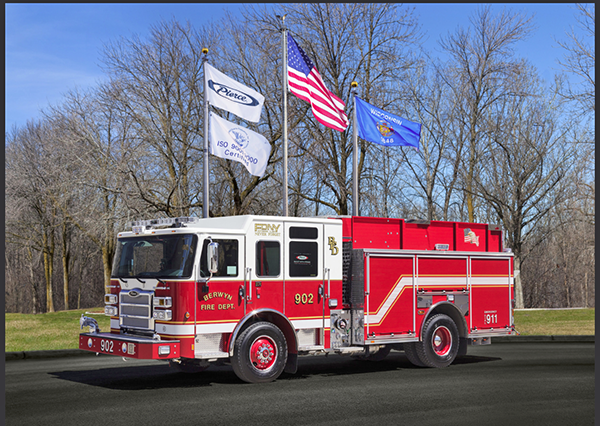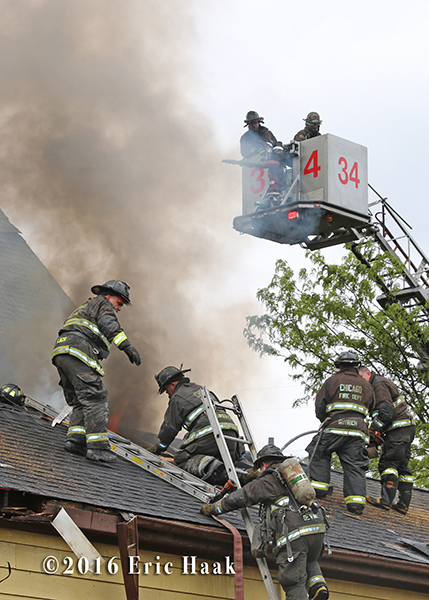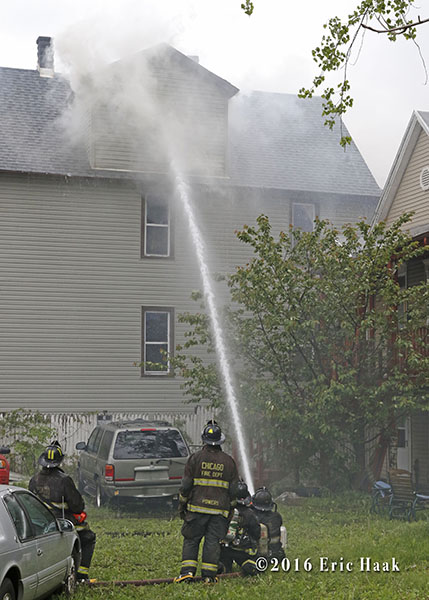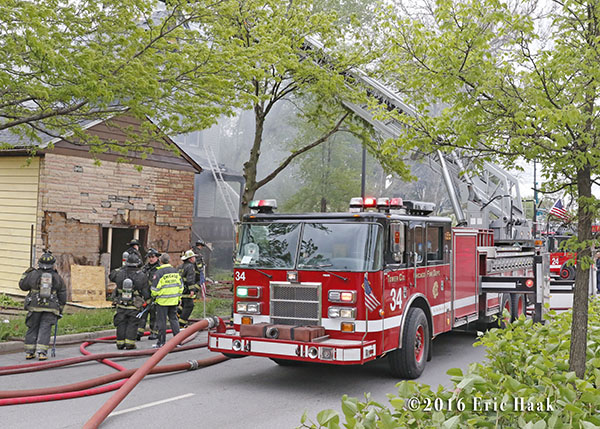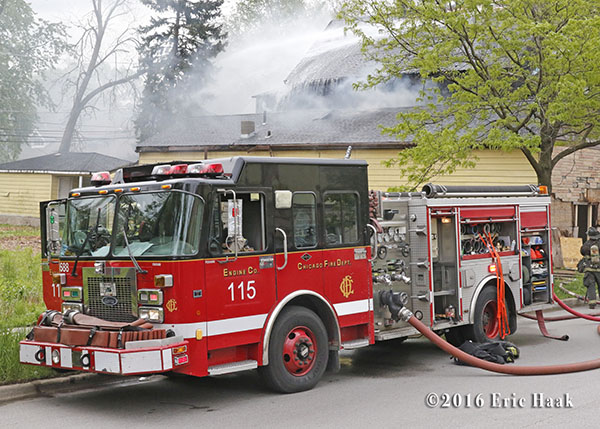Excerpts from Jems.com:
When members of the Chicago Police Department (CPD) approach hostile situations, they are focused on neutralizing the threat, but situations can quickly turn into active shooter incidents.
The CPD knows that the Chicago Fire Department (CFD) has their back. They also know their fellow officers have been trained in basic self-aid and partner-aid in case of emergency … they’ve practiced lifesaving medical care in simulated active shooter situations with CFD paramedics alongside them.
Traditional tactical EMS (TEMS) is built on a model whereby a rarefied group of medics, police officers, and even physicians are crosstrained in the skills of the others’ specialties. Medics are trained to handle firearms and to enter hostile situations, and police officers are cross-trained in paramedicine. Because of this specialized training, these tactical support personnel go on missions together.
In Chicago, the traditional model of embedding a TEMS paramedic team with every high-risk police operation isn’t feasible. Considering the number of police operations and an already busy EMS system, such a structure would leave little room for the necessary EMS response.
… eight years ago, a cross-departmental group was formed to develop a new approach to hostile scenes as an alternative to traditional TEMS.
The new Chicago-style approach;… in the hot zone, police manage the scene and are trained in self-aid and partner-aid. CFD paramedics are staged in the cold zone who know exactly what level of training the CPD personnel have and can anticipate hot zone treatment prior to extrication if an officer is injured.
The first step in the development of the model used in Chicago focused on the medical support of SWAT operations. In 2008, a small group of cross-trained CPD SWAT officers approached leadership from the CPD, the CFD, and Northwestern Memorial Hospital to propose a more collaborative approach to TEMS. This group recognized that the CPD and the CFD didn’t have common protocols, training or even understanding of the others’ approach to SWAT operations. The SWAT Medic Assault and Rescue Technician (SMART) program grew out of this collaboration.
The SMART program was created with the U.S. Department of Defense’s Tactical Combat Casualty Care (TCCC) curriculum for tactical emergency casualty care and emphasizes self-aid and partner-aid of immediately life-threatening injuries at the point of wounding.This revolutionized the emergency medical care and coordination during SWAT operations in Chicago.
The program has been met with overwhelming support by CPD and CFD members who have already completed the training program. Hundreds of CPD and CFD members have been insructed on the principles of self-aid and partner-aid, however the program is still ongoing in its effort to train all 12,500 CPD officers.
thanks Dan
